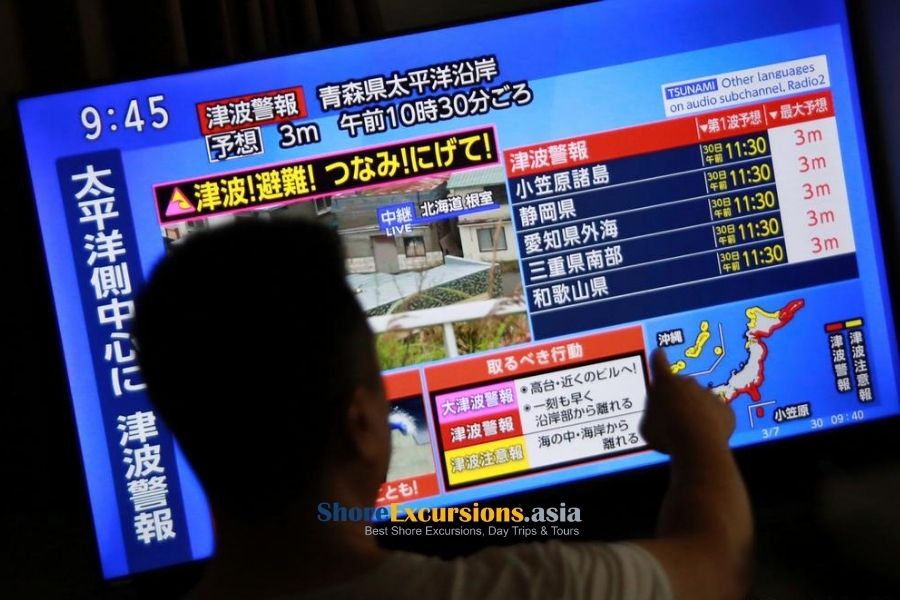No products in the cart.
Japan Travel News
Japan Tsunami Alert: Latest Updates & Safety Guide
Japan Shore Excursions brings you the latest update on the Japan tsunami alert. On July 30, 2025, a massive undersea earthquake struck near Russia's Kamchatka Peninsula, prompting a sweeping tsunami warning across the Pacific. Among the countries affected, Japan was one of the first to respond with swift evacuation orders and real-time tsunami alerts, showcasing its advanced preparedness in the face of natural disasters.
What Happened: A Powerful Quake Shakes the Pacific Rim
The quake, registering a magnitude of 8.8, occurred at a depth of approximately 20 kilometers off the Kamchatka coast. This seismic event immediately triggered a tsunami warning by the Japan Meteorological Agency (JMA) and other international agencies. Japan issued a tsunami advisory and later escalated it to a full tsunami warning for coastal areas along the Pacific Ocean.
According to reports, more than 900,000 residents in 133 coastal towns and cities across eastern Japan received evacuation instructions (The Guardian). The regions of Hokkaido, Iwate, Miyagi, Fukushima, and Chiba were particularly emphasized in the alerts. Japan's response was closely coordinated through its J-Alert system, which efficiently disseminates emergency information via loudspeakers, television, mobile phones, and public digital displays.
Latest Japan Tsunami Updates
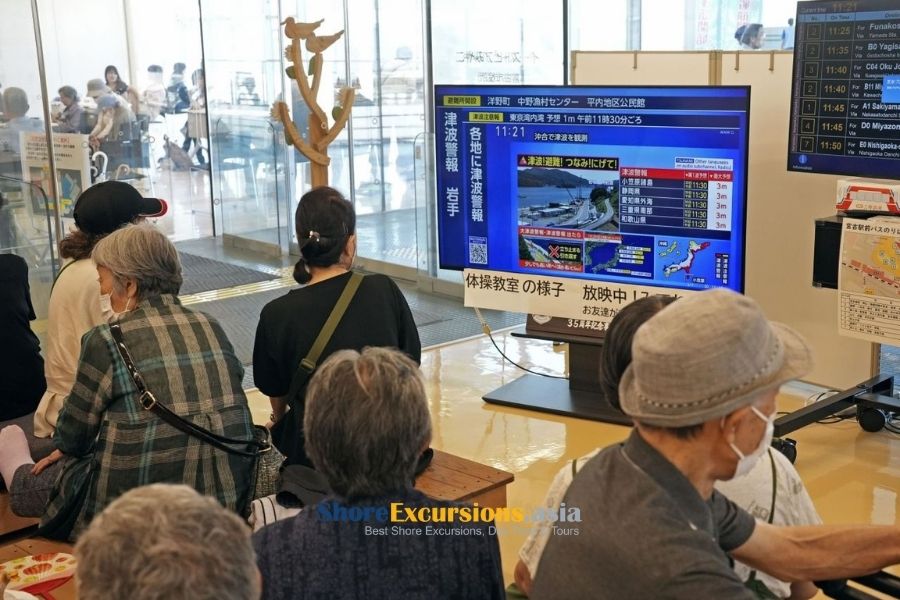
The first tsunami waves reached Japan’s northeastern coast in the early morning hours. While early projections warned of waves as high as 3 meters, actual measurements were more moderate but still concerning. Notable wave heights included:
- Kuji, Iwate: 1.3 meters
- Ishinomaki, Miyagi: 0.5 meters
- Hanasaki, Hokkaido: 0.3 meters
- Yokohama: 0.3 meters
These levels were significant enough to cause concern for marine operations and low-lying infrastructure, though major property damage and injuries have not been reported as of the latest updates. The Japan tsunami alert remained in effect for several hours, with JMA continuing to monitor wave patterns and potential aftershocks. Authorities urged the public to remain away from coastal areas until an official all-clear signal was announced.
How Japan’s Tsunami Alert System Works?
Japan has developed one of the most sophisticated tsunami early warning systems in the world. The JMA, responsible for earthquake and tsunami forecasting, monitors seismic activity around the clock. Once an undersea quake is detected, the agency calculates its magnitude and potential to generate a tsunami within minutes.
Japan’s three-tiered tsunami alert system includes:
- Tsunami Advisory: Waves up to 1 meter
- Tsunami Warning: Waves between 1 and 3 meters
- Major Tsunami Warning: Waves exceeding 3 meters
The J-Alert system ensures that warnings reach people within seconds, giving crucial time for evacuation. This technology was notably improved after the catastrophic 2011 Great East Japan Earthquake and tsunami, which claimed over 20,000 lives.
Regions Most Affected by Japan Tsunamis: Coastal High Alert
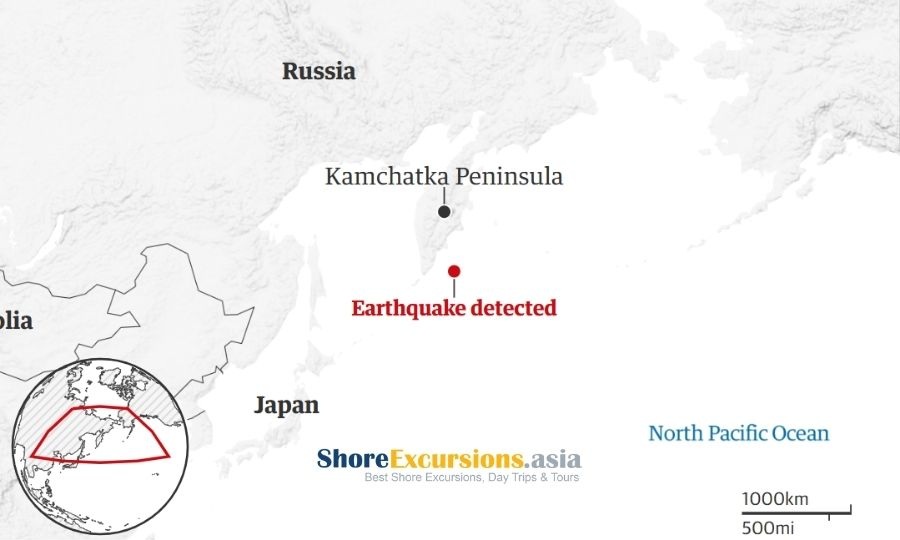
As the Japan tsunami alert was issued following the powerful undersea earthquake near Russia's Kamchatka Peninsula, several regions along Japan’s Pacific coastline were immediately placed under high alert. Authorities responded swiftly to the tsunami warning in Japan, activating sirens, closing coastal transport routes, and advising residents and travelers in vulnerable areas to evacuate to higher ground. Several areas faced heightened risk due to their low elevation and previous history of tsunami damage. These include:
- Iwate Prefecture: Known for deep bays that can amplify wave intensity
- Miyagi and Fukushima: Regions still recovering from the 2011 disaster
- Hokkaido’s Eastern Coast: Sparse population but vulnerable harbors and fisheries
- Chiba and Ibaraki Prefectures: Heavily populated coastal plains
Local authorities activated community shelters and designated high-ground evacuation points. Residents were seen moving swiftly, a testament to Japan’s national disaster preparedness drills that are regularly conducted in schools, workplaces, and public centers.
Tsunami Preparedness Guides for Residents and Tourists
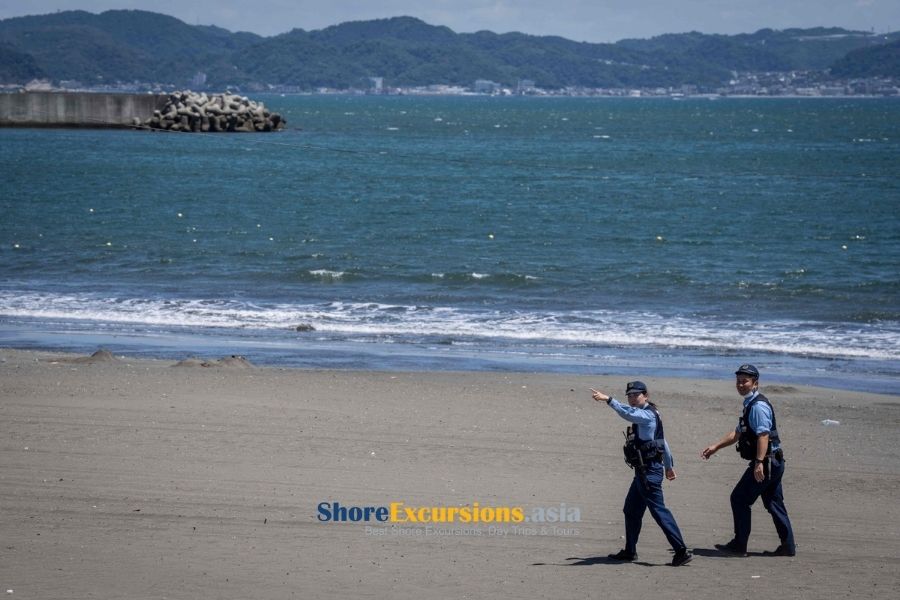
When a Japan tsunami warning is issued, acting quickly and decisively is essential. Whether you are a resident or a tourist, staying safe during a tsunami alert requires immediate and informed action. Here’s what experts and the Japan Meteorological Agency recommend:
- Do not go near the coast to observe or film waves.
- Evacuate immediately to higher ground or designated shelters.
- Carry a basic emergency kit including water, flashlight, food, and a radio.
- Follow official channels such as NHK, local government sites, or trusted apps like Yurekuru Call.
- Avoid driving on coastal roads, which may become congested or inundated.
- Immediately move to higher ground if you are near the coast and feel strong shaking or receive a tsunami alert
Do not return until authorities declare it safe as the first wave is not always the largest.
Know your evacuation route in advance: If you’re staying in coastal areas, take time to learn the nearest evacuation route and assembly points.
Carry an emergency bag include bottled water, basic medical supplies, a flashlight, snacks, and a portable phone charger.
Don’t use your car in congested areas: Roads may quickly become jammed, and walking might be the fastest and safest option.
Additional tips if you travel in Japan via cruises:
Pay close attention to onboard announcements: Cruise lines are in constant communication with local authorities. If you're docked in a port like Yokohama, Shimizu, or Kobe during a Japan tsunami warning, follow the ship’s emergency protocol.
Stay in contact with your excursion guide: When joining small group tours like those operated by Japan Shore Excursions, guides are trained in emergency response and will direct guests to safety immediately if needed.
Don’t venture too far from the port independently: In tsunami-prone regions, staying close to the cruise terminal during high-risk periods allows for faster evacuation if necessary.
Check the tour company’s safety policy: Reputable operators like Japan Shore Excursions provide real-time updates, cancellation flexibility, and safe itineraries based on regional alerts.
Ask about evacuation plans upon arrival: When checking in to a local accommodation or tour office, inquire about local tsunami evacuation procedures and routes.
Keep your phone fully charged and location services on: This will help both cruise staff and local responders assist you faster in case of emergency.
For travelers, always check local advisories and hotel evacuation plans. Japan’s tourism infrastructure is well-prepared for such events, with signage and emergency instructions commonly available in English. If you're planning future travel, consider reviewing our Kyoto Shore Excursions or Mount Fuji Cruise Excursions pages, where we include safety protocols for natural events.
Historical Context: Remembering 2011 Tsunami and Learning from It
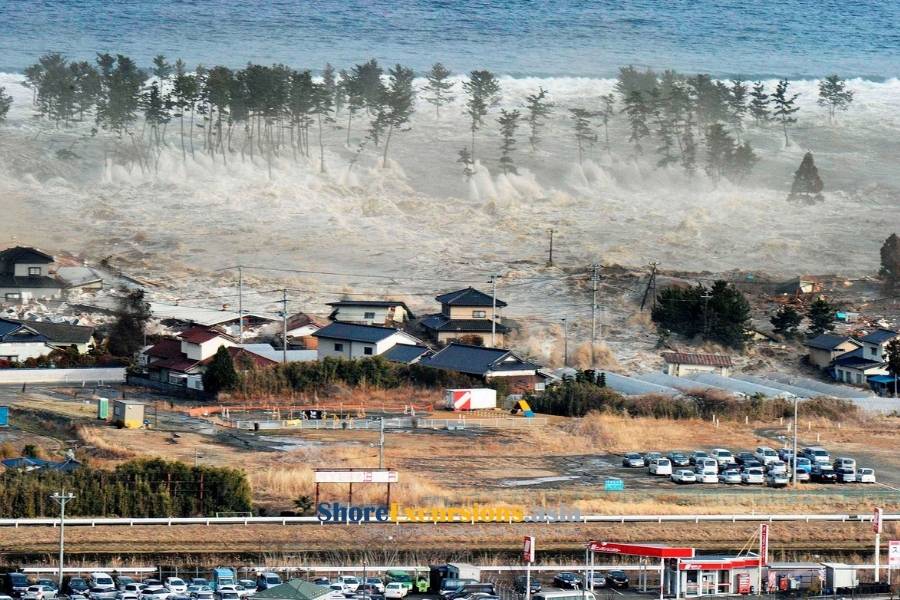
Japan’s relationship with tsunamis is deeply shaped by history. The March 11, 2011 tsunami, triggered by a magnitude 9.0 earthquake off Tōhoku, devastated entire communities and caused a nuclear crisis in Fukushima. The scars of that day remain vivid, and the national strategy for disaster prevention has evolved significantly since then.
Key improvements include:
- Enhanced coastal seawalls and breakwaters
- More accurate real-time seismic modeling
- Stronger coordination between local governments and national agencies
- Wider adoption of multi-language alerts for international residents and tourists
These advancements played a critical role in the swift and orderly response during the July 2025 Japan tsunami alert.
Live Updates and Resources for Japan Tsunami Alert
Travelers are encouraged to stay informed through trusted official channels. This is to ensure you can receive the most accurate and timely updates about any Japan tsunami developments, especially during fast-changing emergencies. Also, you should bookmark these sources and follow trusted accounts on X (formerly Twitter) for emergency updates.
- Japan Meteorological Agency (JMA)
- NHK World: English news and alerts
- Yurekuru Call App: Customizable earthquake and tsunami notifications
- PTWC (Pacific Tsunami Warning Center): Real-time global tsunami tracking
FAQs About Japan Tsunami Warnings
For cruise passengers and international tourists, understanding Japan's tsunami warning system is essential for safety and peace of mind. While Japan is exceptionally well-prepared for natural disasters, being informed about what to do during an alert can make all the difference during your stay.
How often does Japan experience tsunami alerts?
Japan experiences multiple tsunami advisories or warnings each year, largely due to its location along the Pacific Ring of Fire. While many alerts result in minimal impact, the alert system remains highly precautionary to ensure public safety.
What’s the difference between a tsunami advisory and a tsunami warning?
A tsunami advisory indicates small sea-level changes or waves typically under 1 meter that may pose risks to swimmers or boats. In contrast, a tsunami warning signals the expectation of more dangerous waves between 1 and 3 meters, with the potential to cause coastal damage. A major warning is issued for waves exceeding 3 meters, which can lead to widespread devastation.
Are tsunami alerts available in English?
Yes. The Japan Meteorological Agency (JMA) and NHK provide tsunami alerts in English and other languages. This multilingual support is especially available in high-traffic tourist zones, cruise terminals, and large hotels.
Can a tsunami be predicted hours in advance?
Not always. Tsunamis often strike within minutes of an undersea earthquake. Although scientific models help estimate arrival times, rapid evacuation and early response based on official alerts remain the most effective protection.
Conclusion
Japan’s ability to respond to natural disasters has been forged through experience, science, and a culture of preparedness. The July 2025 tsunami alert demonstrated not only the strength of Japan’s early warning systems but also the discipline and awareness of its citizens.
As climate and geological activity remain unpredictable, staying informed through official channels is the best defense. For travelers and residents alike, the key to safety during a Japan tsunami is timely action, trust in the alert system, and a calm, prepared mindset.
Continue exploring Japan with safety in mind and don’t miss our curated Japan Shore Excursions for immersive, well-prepared travel experiences that put your peace of mind first.

